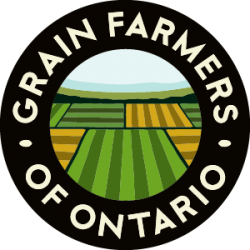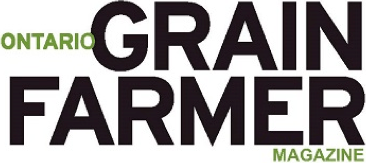Responsible use of neonicotinoid seed treatments in vacuum planted field crops
Principal Investigator
Art W. Schaafsma & Jocelyn Smith
Research Institution
University of Guelph
External Funding Partners
Ontario Soil and Crop Improvement Association (OSCIA)
This project was funded in part through Growing Forward 2 (GF2), a federal-provincial-territorial initiative. The Agricultural Adaptation Council assists in the delivery of GF2 in Ontario.
Project Start
April 2014
Project End
October 2017
Objectives
- Determine the key early season insect pests in Ontario grain production (corn, soybeans, and wheat) including identification to species and understanding of their distribution throughout the province.
- Develop early season insect pest risk assessment tools.
- Measure the economic impact of neonicotinoid seed treatments for early season pest control in Ontario grain production.
Impact
- The reduction of unnecessary use of neonicotinoid seed treatments will lower production costs and increase economic competitiveness for growers, strengthen relationships with trade and marketing partners, and reduce negative environmental impacts.
- The improved understanding of the key soil insect pest species in Ontario grain production, their distribution, and factors contributing to their incidence will be used to improve integrated pest management strategies for Ontario grain producers.
Scientific Summary
Insecticide contaminated dust generated from pneumatic (vacuum) planters during spring planting of neonicotinoid-treated corn seed was identified by the Pest Management Regulatory Agency (PMRA) as the likely cause of several acute honey bee death incidents in Ontario during the spring of 2012 and 2013.
The goal of this project was to provide a science-based context from which Ontario grain producers could make informed decisions regarding the responsible use of neonicotinoid seed treatments and reduce the risk of exposure of pollinating insects to these insecticides. Field trials comparing seeds treated with and without neonicotinoids were coordinated on farms throughout the province of Ontario over four years. These trials were used to survey for the identification and abundance of key early season insect pests. Data on soil type, cropping systems, and management practices was collected from study participants and will be used to develop a risk prediction model and map tool for growers to utilize when making integrated pest management decisions.

